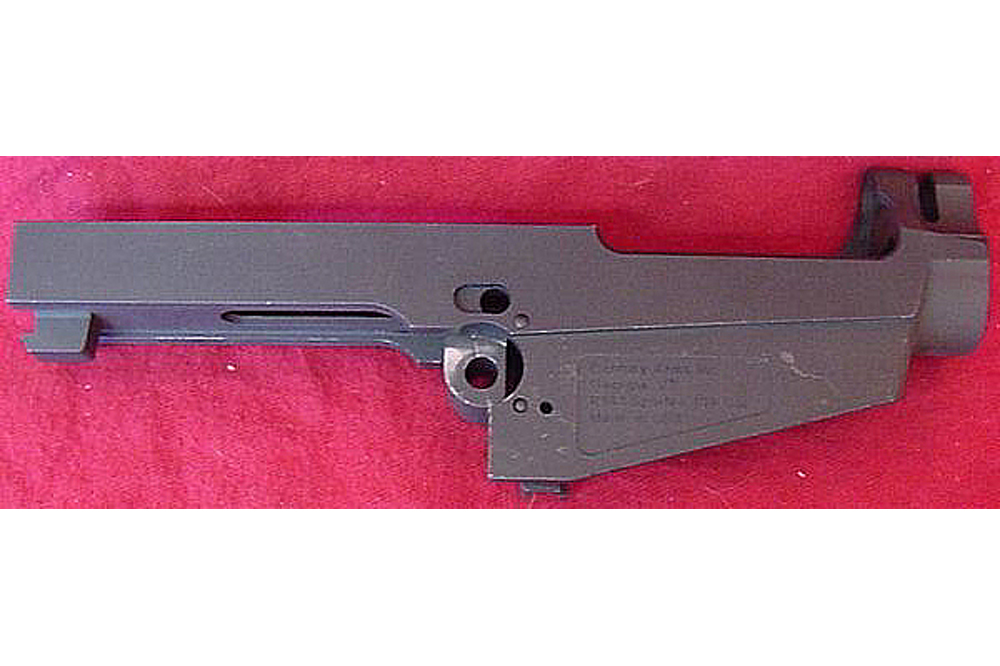
FAL Review: Century Arms International L1A1 Receiver
(updated 04-09-2020)
Introduction
Century Arms International makes a cast FAL receiver that was included both on complete rifles and available by itself. Its primary attraction was its comparatively low cost – about 30% less than an import before the receiver-import ban, and now perhaps an even lower comparative price.
Review
Receiver is finish-machined from a casting. Although of unknown metal type, I have no reason to suspect the steel or the heat treatment is inadequate. The hundreds of complaints I have reviewed on this receiver do not include failures due to inadequate heat treatment or steel content. I suspect the moulds are the same previously used by Hesse Arms (now doing business as Vulcan Arms), because the rectangular box with CAI’s information is the same type previously used by Hesse Arms. I suspect that CAI modified the moulds with a new information plate.
The feedramp geometry is totally wrong. While some very early Belgium rifles had a single rectangular profile feedramp (called “unibrow” in FAL slang), current production is two distinctive scallop cuts with a high point in the middle. The profile on this receiver isn’t even close and is probably the cause of the frequent failure to chamber malfunctions.
CAI uses a full-auto ejector block with a spot of weld to block the auto sear hole. Since the receiver itself isn’t cut for the auto sear, this modification is probably unnecessary. It doesn’t hurt. Note the gap behind the ejector block. Note also the erratic contour of the locking shoulder channel.
another view of the weld bead on the full-auto ejector block to prevent use with a safety sear. Since the receiver isn’t cut for the auto sear, this modification, while not causing any problems, seems redundant to me.
The relief cuts for the inch pattern dust cover are well done. The locking ledge, however, is a bit too short and not the right angle. The locking ledge angle is critical to a tight lock-up with the tapered locking body in the lower. The walls on the underside of the receiver, only partially visible in this view, are too wide which allows excess lateral play in the upper to lower lockup.
The recess for the tab on the front of the magazine is not as wide as on a factory inch pattern. It may be that CAI tried to make it so either inch pattern or metric pattern magazines will fit. On a factory inch pattern receiver, the metric magazine will fit, but since the smaller metric tab does not engage the larger and deeper inch pattern recess, there is no front support for the magazine. While trying to compromise with the recess dimensions may facilitate use with metric magazines, it tends to be too shallow for a new inch pattern magazine – making insertion difficult and straining the magazine feedlips outward.
side view of receiver showing correct cut for folding cocking handle. Overall finish is satisfactory. Edges do not have the finer chamfers of a factory receiver.
Interesting gouge in ejector block. One of the more common problems with the CAI receiver is the distance from the front to the rear of the magazine well. This can be caused by the ejector block installed too far forward, or the cut for the magazine tab not deep enough, resulting in a magazine that is too tight. The opposite (ejector block too far to the rear) causes bolt-over base misfeeds.
Receiver threads. While the threading is adequate, the receiver is missing a tiny recess for the barrel shoulder. This will typically cause barrels to significantly under-time.
Summary
Receiver is dimensionally incorrect, specifically in feedramp geometry, magazine well geometry, and locking shoulder to receiver face dimensions. While some receivers have been built into functioning rifles, the problems are frequent and consistent enough that I will not work on them and I cannot recommend them
Note: I examined a “new” CAI receiver in October 2007. It was of improved finish. The receiver threads were significantly undersize and the hardness of the receiver made chasing the threads with a 1″x16tpi tap very difficult. The rear locking lug was cut incorrectly, 0 degrees instead of correct 10 degree downward slope.


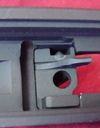
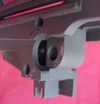
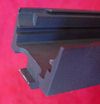



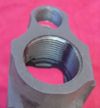
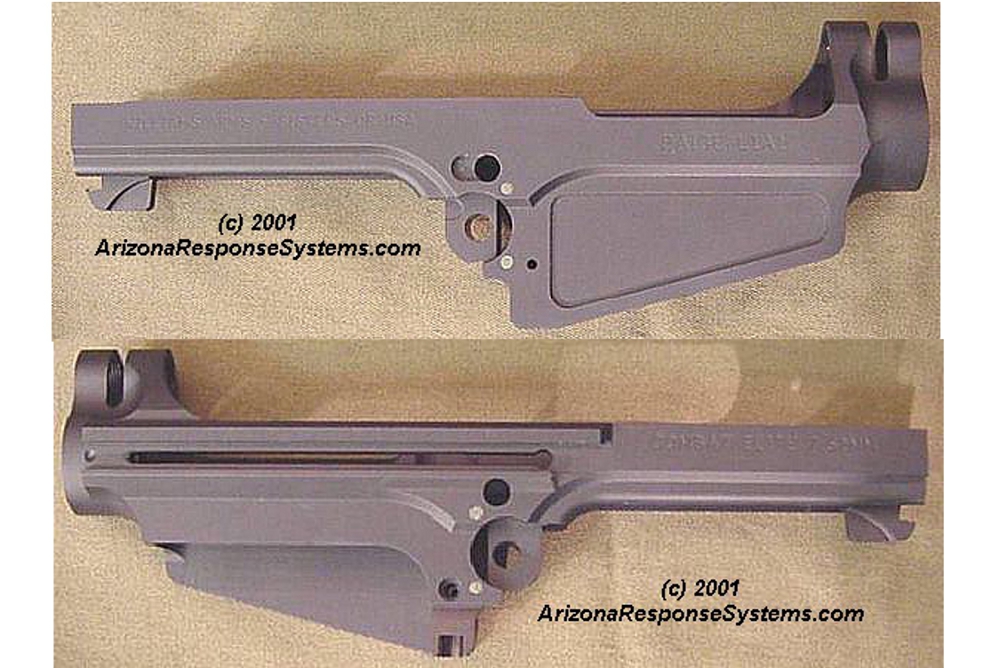
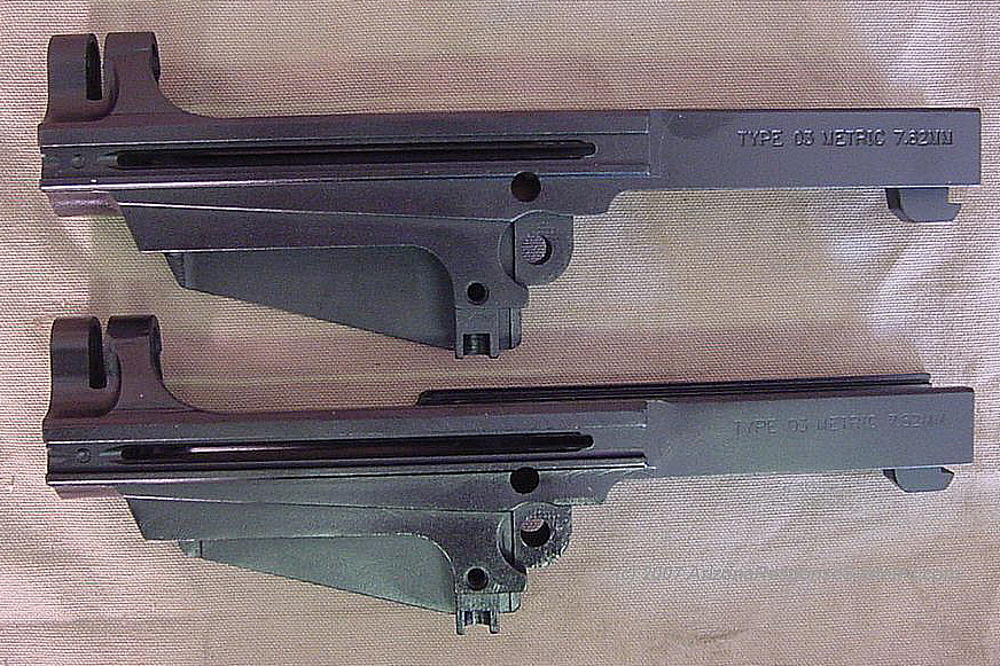
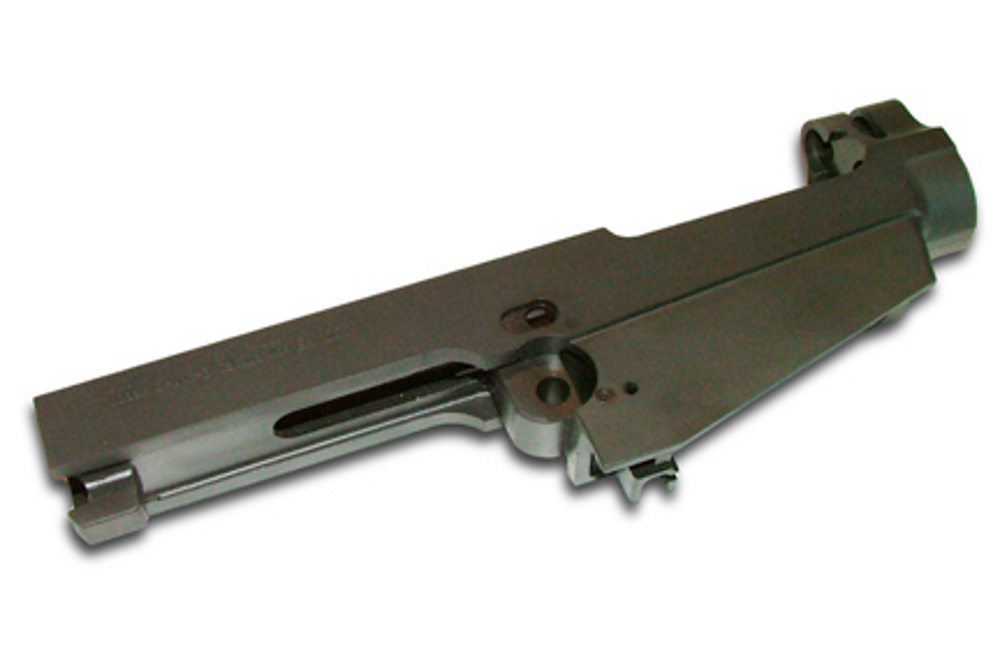
Leave a Reply
You must be logged in to post a comment.